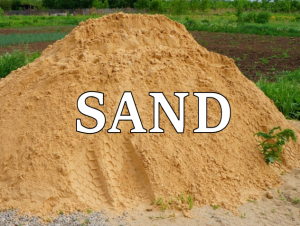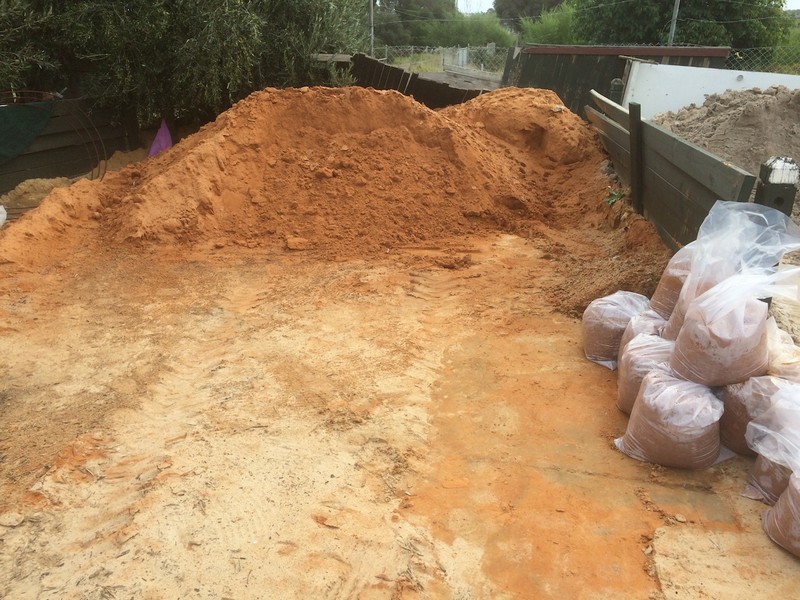
What is sand?
Sand is a naturally occurring granular material composed of finely divided rock and mineral particles. It is defined by size, being finer than gravel and coarser than silt. Sand can also refer to a textural class of soil or soil type; i.e., a soil containing more than 85 percent sand-sized particles by mass.
The composition of sand varies, depending on the local rock sources and conditions, but the most common constituent of sand in inland continental settings and non-tropical coastal settings is silica (silicon dioxide, or SiO2), usually in the form of quartz. The second most common type of sand is calcium carbonate, for example, aragonite, which has mostly been created, over the past half billion years, by various forms of life, like coral and shellfish. For example, it is the primary form of sand apparent in areas where reefs have dominated the ecosystem for millions of years like the Caribbean.
Sand is a non-renewable resource over human timescales, and sand suitable for making concrete is in high demand.
Composition
The exact definition of sand varies. The scientific Unified Soil Classification System used in engineering and geology corresponds to US Standard Sieves, and defines sand as particles with a diameter of between 0.074 and 4.75 millimeters. By another definition, in terms of particle size as used by geologists, sand particles range in diameter from 0.0625 mm (or 1⁄16 mm) to 2 mm. An individual particle in this range size is termed a sand grain. Sand grains are between gravel (with particles ranging from 2 mm up to 64 mm by the latter system, and from 4.75 mm up to 75 mm in the former) and silt (particles smaller than 0.0625 mm down to 0.004 mm).
Study
The study of individual grains can reveal much historical information as to the origin and kind of transport of the grain. Quartz sand that is recently weathered from granite or gneiss quartz crystals will be angular. It is called grus in geology or sharp sand in the building trade where it is preferred for concrete, and in gardening where it is used as a soil amendment to loosen clay soils. Sand that is transported long distances by water or wind will be rounded, with characteristic abrasion patterns on the grain surface. Desert sand is typically rounded.
Uses
Sandy soils are ideal for crops such as watermelons, peaches and peanuts, and their excellent drainage characteristics make them suitable for intensive dairy farming.
Ideas of landscape design of the desert
The materials you choose for your desert landscaping can be natural or synthetic, but should work well with your plant life. Rocks, stone, pebbles, sand and concrete are top choices because they require no water, little maintenance and are virtually indestructible. Whether you’re going for cool minimalism or a cozy desert hideaway, a desert landscape design plan is within reach. Visit your local garden center for ideas.

